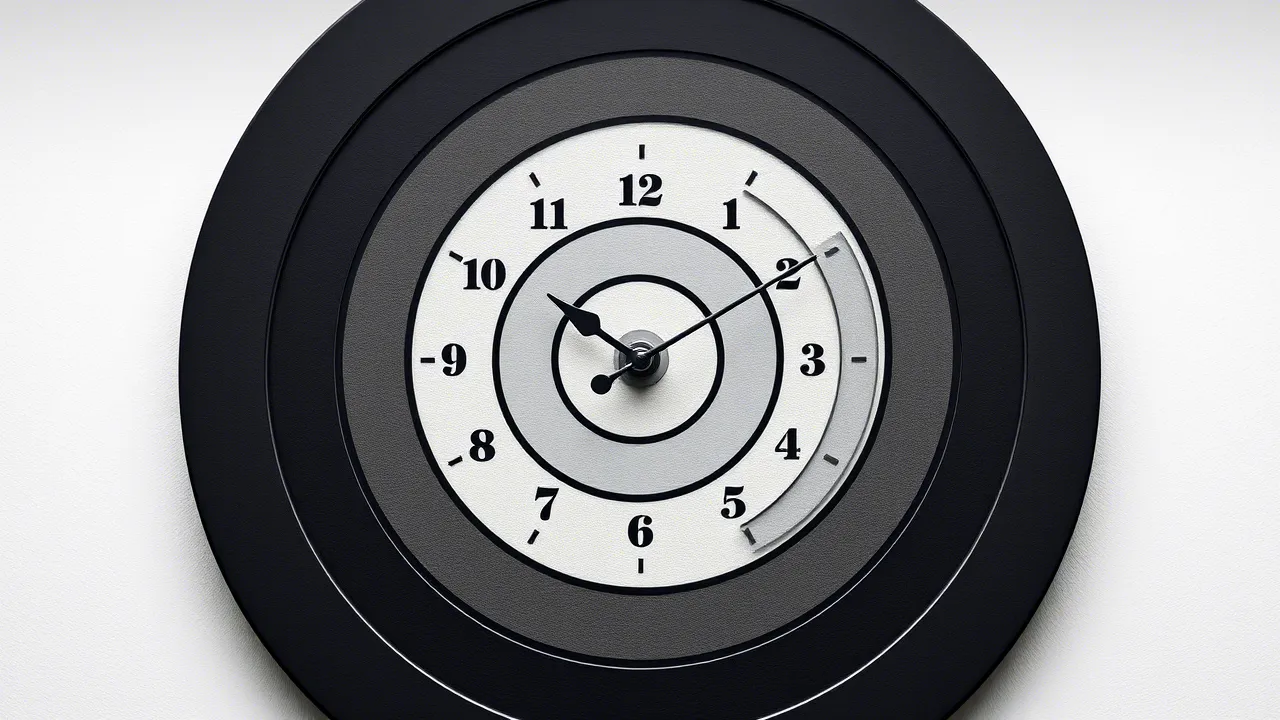Introduction
Work study is an essential discipline for improving productivity and efficiency of human activities in various contexts. It uses techniques such as method study and work measurement to analyze factors that influence performance and economy in the studied situations. Its main objective is to optimize the use of available resources, such as time, space, material, equipment, and labor, without requiring large capital investments or demanding greater effort from workers.
I. Optimization of Production Processes
-
Identify and Eliminate Unproductive Times
One of the main objectives of work study is to analyze the work cycle of each operation or process and detect times that do not add value to the product or service. These unproductive times can be caused by waiting, unnecessary movements, defects, breakdowns, or interruptions. By eliminating these times, the total process time is reduced and productivity is increased.
-
Improve Efficiency in Task Performance
Another key objective is to optimize the work method used to perform each task or job. This involves selecting the appropriate tools, simplifying steps or sequences, eliminating waste or overexertion, and improving ergonomic and environmental conditions. By improving the work method, the time needed to perform the task is reduced and the quality of the result is improved.
II. Establishment of Standards and Cost Calculations
-
Establish Time Standards
Work study seeks to determine the time needed by an average operator, working at a normal pace, to perform a defined task with an established method. Time standards are fundamental for setting goals, allocating resources, calculating costs, and evaluating performance.
-
Calculate Production Cost
Work study also provides a basis for calculating the monetary value of the time spent producing a unit of product or service. The production cost is obtained by dividing the total cost of the process by the number of units produced, considering both fixed and variable costs.
III. Evaluation and Development of Human Talent
-
Evaluate Worker Performance
By measuring the difference between the standard time and the actual time spent performing a task, work study allows for evaluating worker performance. This makes it possible to identify the causes of deviations, apply corrective measures and incentives, and plan necessary training or development.
-
Determine Training and Development Needs
By identifying gaps between the required level of competence and the actual level of competence of workers, work study establishes a basis for determining training and development needs. These activities aim to improve the skills, knowledge, and attitudes of workers so they can perform their tasks more effectively and efficiently.
IV. Improvement of the Work Environment
-
Improve Work Quality and Worker Satisfaction
Work study also aims to make work more pleasant, motivating, and rewarding for the worker. This can be achieved through worker participation in the design of the work method, application of ergonomic principles, improvement of the work climate, recognition of effort, and achievement of objectives.
-
Improve Worker Safety
Another important objective is to prevent or reduce the risks of accidents or occupational diseases that may affect the worker. This is achieved through the elimination or control of risk factors present in the environment or in machines, the use of appropriate personal protective equipment, training and information on preventive and corrective measures, and the promotion of a safety culture in the company.
V. Optimization of Business Management
-
Improve Communication in the Company
Work study seeks to facilitate the exchange of relevant information between different hierarchical and functional levels of the company. This is achieved through the appropriate use of available channels and media, clarity and precision of the language used, promotion of feedback or constructive feedback, and mutual respect between the parties involved.
-
Improve Decision Making
Finally, work study aims to provide reliable and up-to-date data and information on the functioning of the production process. This is achieved through systematic and orderly recording of measured times, statistical analysis and interpretation of the results obtained, preparation of periodic reports on key indicators such as productivity, quality, or costs, and formulation of proposals or recommendations for improvement.
Conclusion
Work study is a valuable tool for improving the quality and profitability of production and service processes. Through the use of scientific and participatory techniques, it allows for identifying and eliminating waste, inefficiencies, and risks that affect worker performance and well-being. To achieve the proposed objectives, the commitment and support of all levels of the organization, from management to operation, is required. Without a doubt, work study is an investment that generates significant benefits for both the company and society in general.
